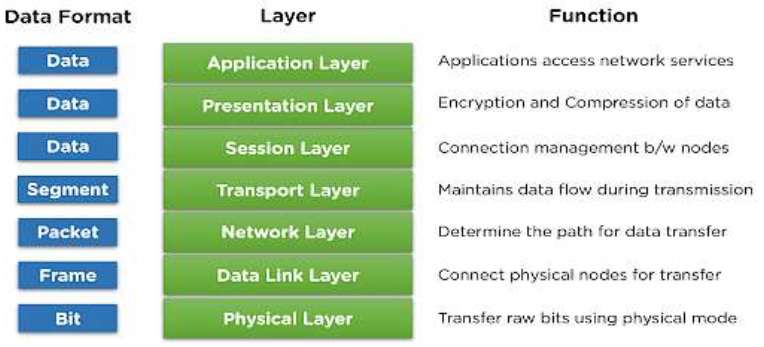A Comparative Study of OSI and TCP/ IP Models
DOI:
https://doi.org/10.31033/ijemr.13.2.20Keywords:
TCP/IP, OSI, Networking, Reference models, protocolsAbstract
The Internet protocol suite is the computer networking model and set of communications protocols used on the Internet and similar computer networks. It is commonly known as TCP/IP, because it’s most important protocols, the Transmission Control Protocol (TCP) and the Internet Protocol (IP), were the first networking protocols defined in this standard. Often also called the Internet model, it was originally also known as the DOD model, because the development of the networking model was funded by DARPA, an agency of the United States Department of Defense. TCP/IP provides end-to-end connectivity specifying how data should be packetize, addressed, transmitted, routed and received at the destination. This functionality is organized into four abstraction layers which are used to sort all related protocols according to the scope of networking involved. From lowest to highest, the layers are the link layer, containing communication technologies for a single network segment (link); the internet layer, connecting hosts across independent networks, thus establishing inter-networking; the transport layer handling host-to-host communication; and the application layer, which provides process-to-process application data exchange. Our aim is describe operation & models of TCP/IP suite in data communication networking.
Downloads

Downloads
Published
How to Cite
Issue
Section
License
Copyright (c) 2023 Kirandeep Kaur, Manmeet Kaur, Komalpreet Kaur, Aanchal Madaan

This work is licensed under a Creative Commons Attribution 4.0 International License.











